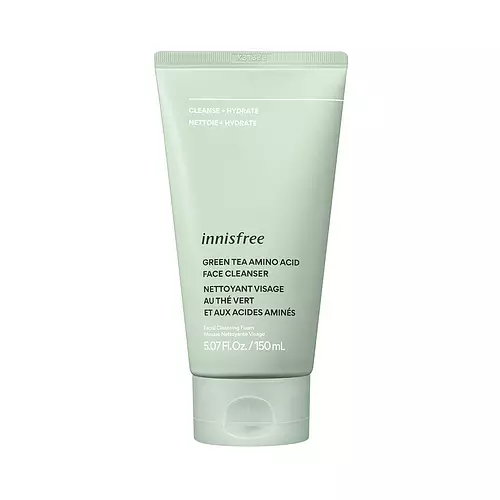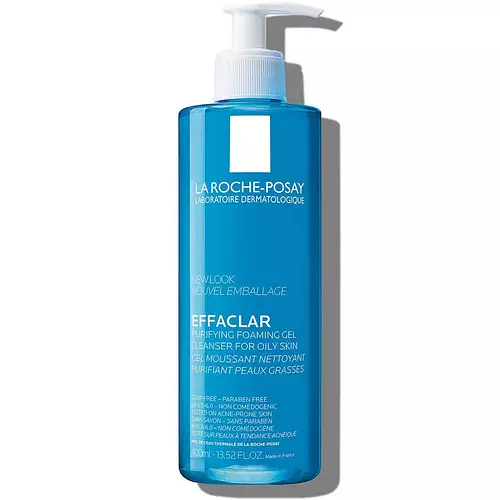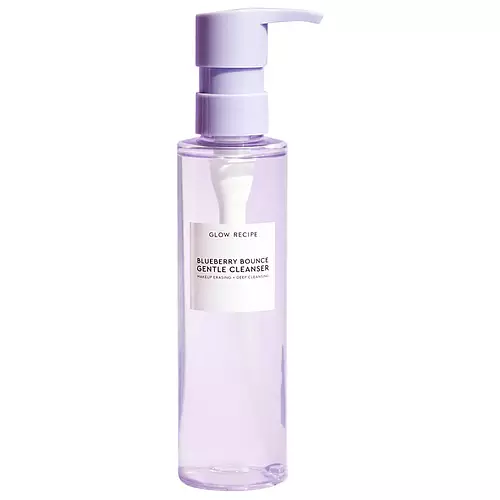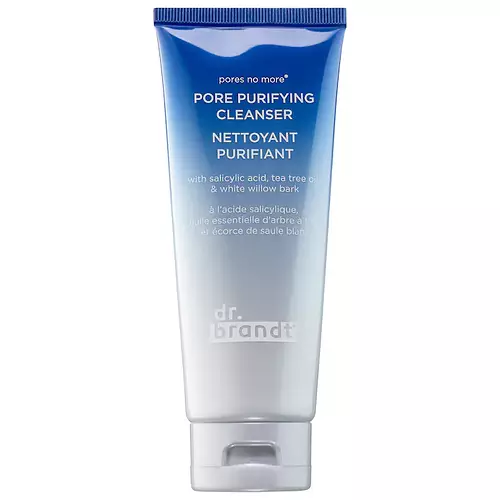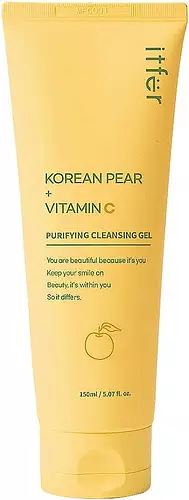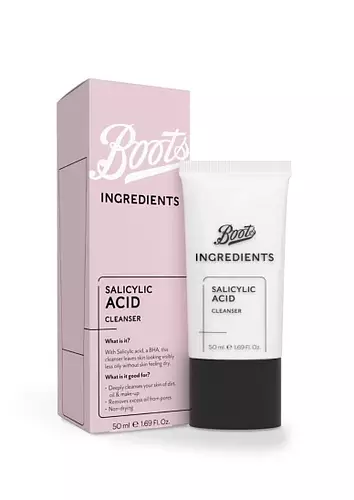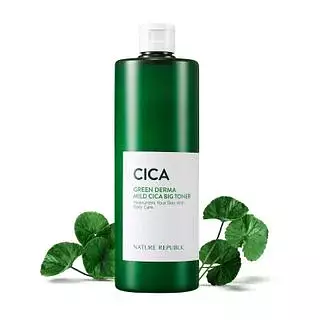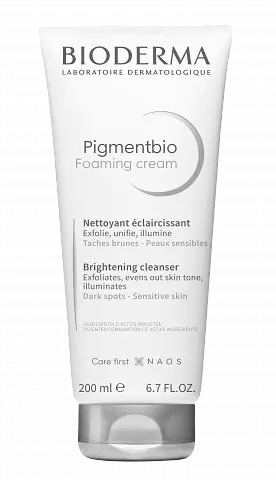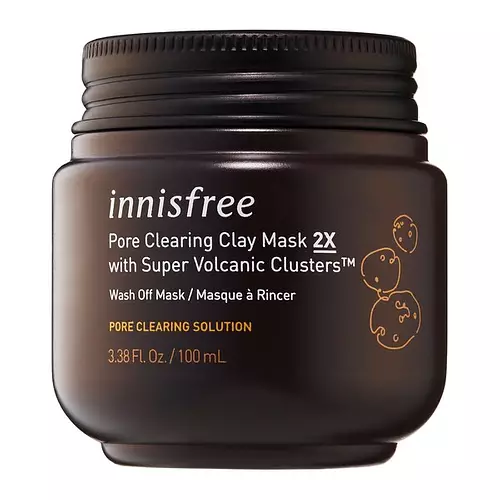innisfree Green Tea Amino Acid Face Cleanser Versus La Roche-Posay Effaclar Purifying Foaming Gel Face Cleanser for Oily Skin
Updated on October 24, 2023
Overview
What they are
These products are both reef safe face cleansers. They have a total of 1 ingredients in common
Suited For
They're both likely to be good for fighting acne
Free From
They both do not contain any harsh alcohols, common allergens, oils, parabens or silicones
What's Inside
They both contain fragrances
We independently verify ingredients, and our claims are backed by peer-reviewed research. Spot a product that needs an update? Let us know.
Ingredient Info
innisfree Green Tea Amino Acid Face Cleanser 32 ingredients
La Roche-Posay Effaclar Purifying Foaming Gel Face Cleanser for Oily Skin 14 ingredients
At a glance
Click on any of the items below to learn more
innisfree Green Tea Amino Acid Face Cleanser 32 ingredients
La Roche-Posay Effaclar Purifying Foaming Gel Face Cleanser for Oily Skin 14 ingredients
Benefits
This product contains 1 ingredient that may have this attribute:
This product contains 1 ingredient that may have this attribute:
This product contains 1 ingredient that may have this attribute:
This product contains 1 ingredient that may have this attribute:
This product contains 1 ingredient that may have this attribute:
This product contains 1 ingredient that may have this attribute:
This product contains 2 ingredients that may have this attribute:
Concerns
This product contains 3 ingredients that may have this attribute:
This product contains 2 ingredients that may have this attribute:
This product contains 1 ingredient that may have this attribute:
This product contains 1 ingredient that may have this attribute:
Benefits
This product contains 1 ingredient that may have this attribute:
This product contains 1 ingredient that may have this attribute:
Concerns
This product contains 2 ingredients that may have this attribute:
This product contains 1 ingredient that may have this attribute:
This product contains 2 ingredients that may have this attribute:
This product contains 1 ingredient that may have this attribute:
Ingredients Side-by-side
Ingredients Explained
These ingredients are found in both products.
Ingredients higher up in an ingredient list are typically present in a larger amount.
Parfum is a catch-all term for an ingredient or more that is used to give a scent to products.
Also called "fragrance", this ingredient can be a blend of hundreds of chemicals or plant oils. This means every product with "fragrance" or "parfum" in the ingredients list is a different mixture.
In the US, the alternative name for parfum is 'fragrance'.
The term 'fragrance' is not regulated in many countries. In many cases, it is up to the brand to define this term.
For instance, many brands choose to label themselves as "fragrance-free" because they are not using synthetic fragrances. However, their products may still contain ingredients such as essential oils that are considered a fragrance by INCI standards.
One example is Calendula flower extract. Calendula is an essential oil that still imparts a scent or 'fragrance'.
Depending on the blend, the ingredients in the mixture can cause allergies and sensitivities on the skin. Some ingredients that are known EU allergens include linalool and citronellol.
Parfum can also be used to mask or cover an unpleasant scent.
The bottom line is: not all fragrances/parfum/ingredients are created equally. If you are worried about fragrances, we recommend taking a closer look at an ingredient. And of course, we always recommend speaking with a professional.
Learn more about ParfumIngredient Ratings
Here's what our community thinks of the ingredients in these products.
When to use
innisfree Green Tea Amino Acid Face Cleanser 32 ingredients
La Roche-Posay Effaclar Purifying Foaming Gel Face Cleanser for Oily Skin 14 ingredients


Reviews
Here's what our community thinks
innisfree Green Tea Amino Acid Face Cleanser 32 ingredients
Nasia
This cleanser worked great for me. I have combination skin and I recently found out it is more suitable for dry skin. It does work nice though I am...
This cleanser worked great for me. I have combination skin and I recently found out it is more suitable for dry skin. It does work nice though I am going to try one that is best suited for combination skin. That is the only reason I took down a star. My mistake 😅
La Roche-Posay Effaclar Purifying Foaming Gel Face Cleanser for Oily Skin 14 ingredients
ksjsj
Tried this before I realised my skin was dry, when I thought having acne = oily skin. Despite that, I don't think any cleanser should be this...
Tried this before I realised my skin was dry, when I thought having acne = oily skin. Despite that, I don't think any cleanser should be this drying and irritating.
Gabywu_498
Broke me out and damaged my skin barrier
I have acne-prone / oily skin and this cleanser broke me out so bad, and after using it for 6 months I...
Broke me out and damaged my skin barrier
I have acne-prone / oily skin and this cleanser broke me out so bad, and after using it for 6 months I realised that it was not a part of a “healing” process for my skin. Also, I never ever struggled with large pores and closed comedones but after using this product it became a problem. Needless to say that it not only broke me out a lot but also ruined my skin barrier. That was only my experience but I highly suggest buying something else as your cleanser.
